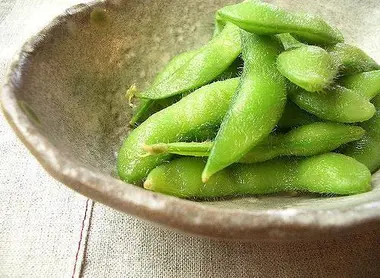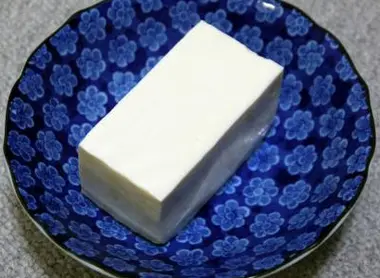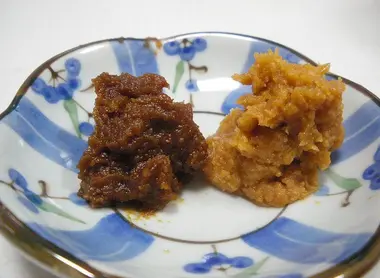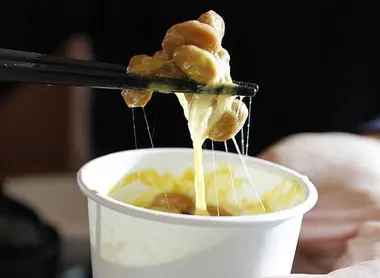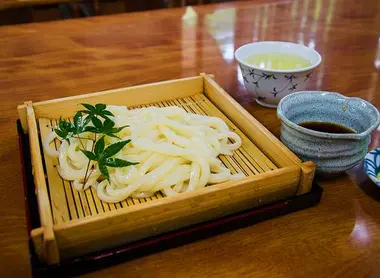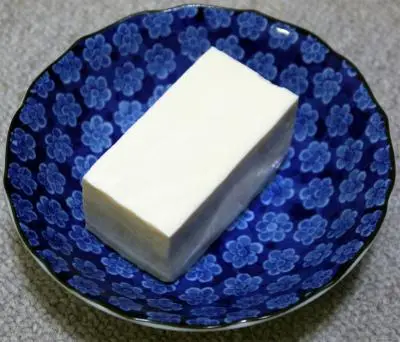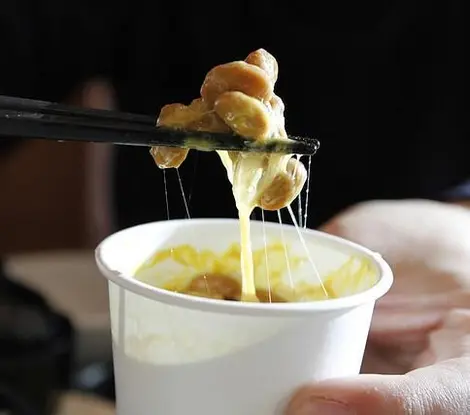Soybeans 大豆
- Published on : 05/07/2017
- by : O.D.
- Youtube
The chameleon ingredient
Soybeans are, along with rice, one of the staples of Japanese cuisine. Consumed in bean, sauce, curd or fermented paste form, soya is enjoyed as much for its taste as its nutritional qualities.
Soya is a plant from East Asia that's part of the legume family, used in Japanese cuisine for millennia.
A "super food"
Soybeans (大豆, daizu) are legumes that first appeared in Japan in prehistoric times during the Jomon period (15000-300 BC). While mainly grown today in the United States and South America, this oilseed plant is a mainstay of Japanese cuisine. Japan is also the third largest importer of soybeans, behind China and the European Union.
Rich in vitamins, minerals (calcium, iron, magnesium), amino acids, proteins and antioxidants, soya is a key part of vegetarian cooking and a great substitute for animal protein.
Eaten in all its forms
In the Japanese kitchen, soya is everywhere! The famous soy sauce (醤油 shoyu), derived from a mixture of fermented soybeans, wheat and salt, appeared in the 7th century via Chinese Buddhist monks. Its taste and color vary depending on the fermentation time and the amount of wheat used.
Rare are the dishes that don't contain shoyu or tamari (the equivalent of soy sauce but without wheat), like ramen noodle broth, seasoning for sushi and gyoza dumplings, not to mention the many sauces - ponzu, yakitori or teriyaki - mainly composed of shoyu and frequently used to accompany noodles, fish or meat.
From liquid to solid state
The different fermentation processes of soybeans make it possible to produce ingredients as diverse as miso, this fermented soy paste used to flavor many dishes, or natto, pungent fermented soybeans often consumed at breakfast.
Read: Miso
Tofu, well known to vegetarians, is created from soy milk. Once curdled with nigari (an extract of sea salt), the milk is pressed into a block of white paste. There are many varieties of tofu such as "silken" tofu (kinugoshi dofu) or "firm tofu" (momen dofu). It can be eaten raw, fried, served with meat or simmered in miso soup.
Fresh from the pod
Soybeans are also a mainstay while enjoying a drink, in the form of edamame. There's no fermentation here since these are fresh soybeans that are boiled and sprinkled with salt. Served in their pods, generally with a beer at the izakaya, the beans are are highly appreciated, as much for their taste as for their nutritional richness (proteins, vitamin C, magnesium).
Also served shelled or in the form of shoots during a meal (in salad, soups or ramen), soybeans can also be included in dessert, this time in the form of a powder called kinako. This grilled soya flour is sprinkled on abekawa mochi, giving these small cakes of glutinous rice a pretty yellow hue.
Read also: Mochi
A vitamin-packed ingredient currently enjoying increasing popularity in the west, soya is an essential ingredient of the Japanese table. It's up to you to choose which form to taste it in!
